You know good dental habits can help prevent things like cavities and gingivitis, but you may not know what conditions like these really look like or how they can affect your mouth. Use this visual guide to learn more about some of the most common dental health issues, symptoms to watch for and the potential treatments that are available. Please note: This content is for informational purposes only. Only a dentist, physician or other qualified health care professional can make a diagnosis.
What 10 Common Mouth Issues Really Look Like
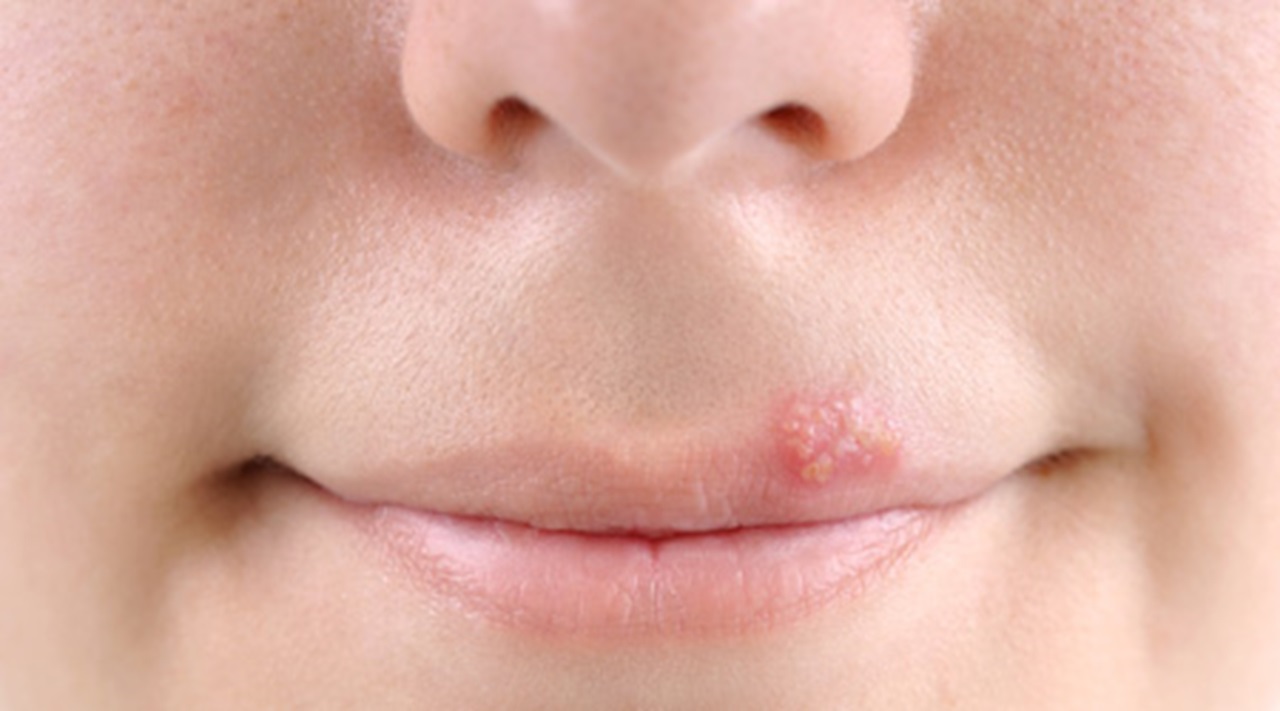
Cold Sores (Fever Blisters)
Cold sores are fluid-filled blisters that erupt on your lips, under your nose or around your chin caused by a virus known as herpes simplex virus type 1. Once you have them, you’re likely to get them again. Extremely contagious, they can be passed to others from the time you feel the first symptoms (like itching or tingling by your mouth) to the time they heal completely. Cold sores are often red, yellow or gray and usually heal within a week or two on their own. Your dentist can prescribe antiviral drugs within the first few days of an outbreak to help it heal more quickly. Over the counter drugs are available to help with pain, itching and burning they might cause.
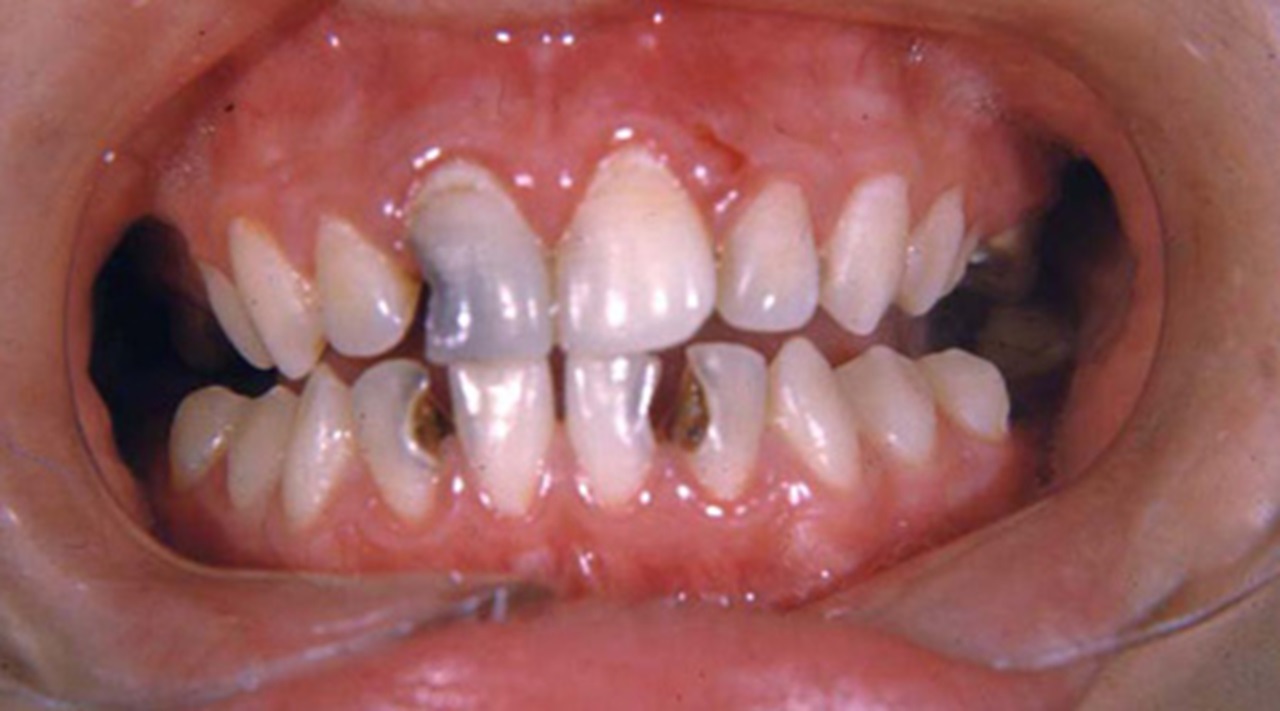
Cavities
One in four adults has an untreated cavity, and according to the CDC, nearly every adult will have tooth decay at some point. You might have a cavity if you experience pain, food gets caught in your tooth, your tooth feels rough to your tongue or it hurts to eat something cold or sweet. Depending on their severity, cavities can be treated with fillings, crowns or root canals. If the damage is too extensive or involves nerve damage, the tooth may need to be removed. To reduce your chance of developing cavities, brush twice a day, floss once a day, drink water with fluoride, use a fluoride toothpaste, stay away from sugary food and drinks and see your dentist regularly.
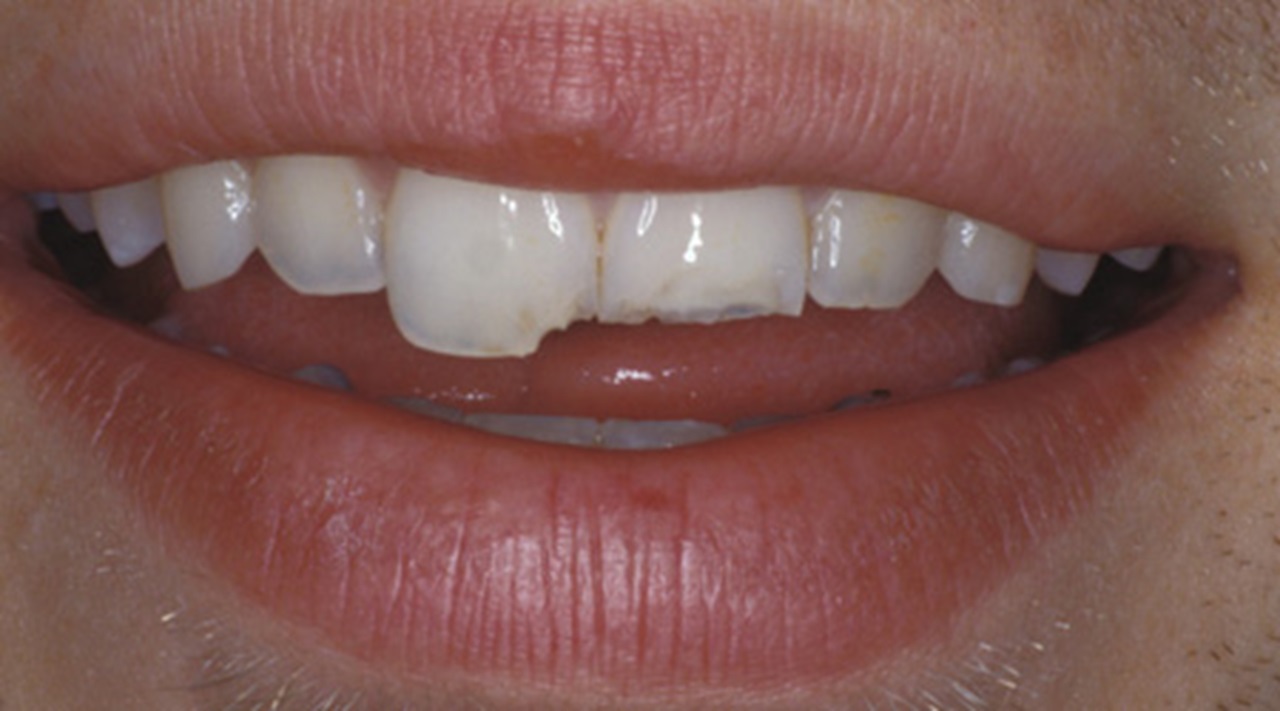
Chipped Tooth
If you regularly chomp on hard foods like nuts or ice cubes, grind your teeth or have a mouth piercing, you’re at a higher risk for a chipped tooth. You might feel pain, depending on how much tooth has been lost. You may also feel a rough edge when you run your tongue along it.
If this happens, see your dentist. A small chip might be able to be smoothed down. Your dentist can use a tooth-colored filling, a veneer or crown to shape up your smile after a larger chip.
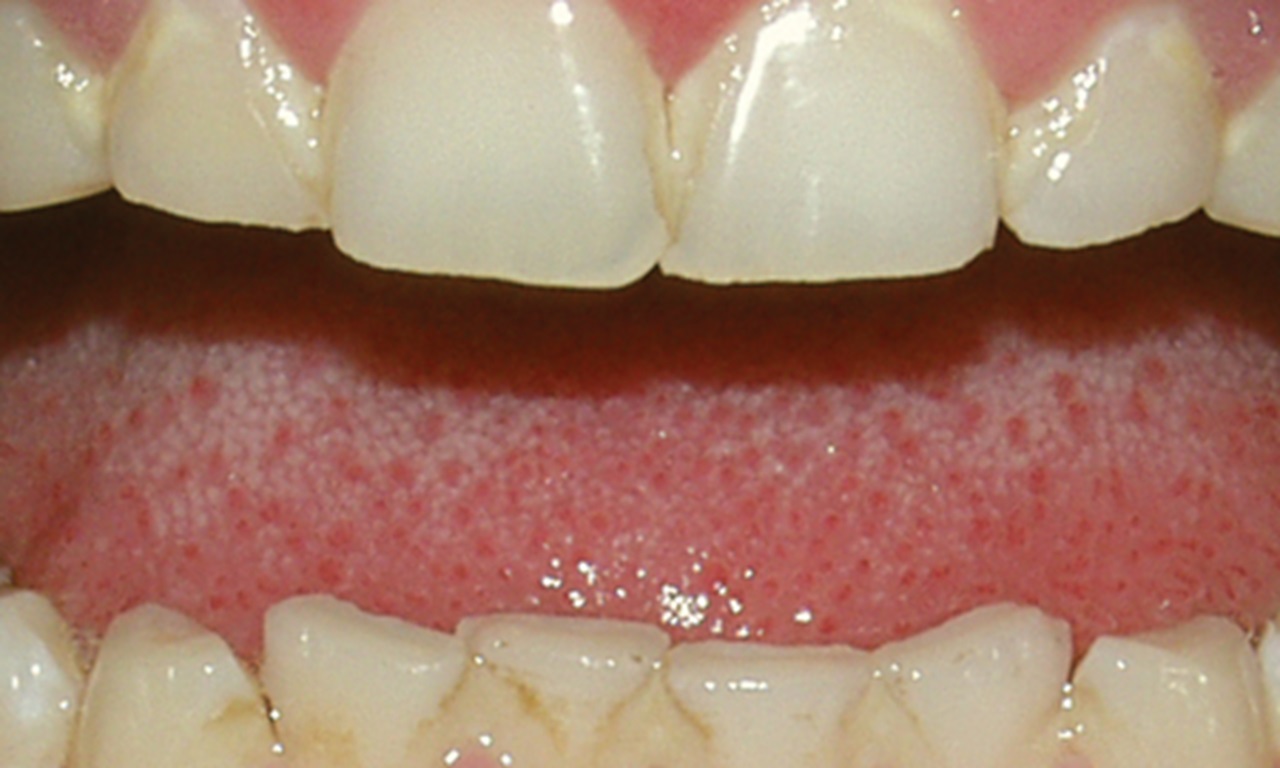
Teeth Grinding
Grinding your teeth (bruxism) is most likely to happen when you’re sleeping, though it can occur anytime during the day if you’re stressed, have a new filling or crown that’s higher than the rest of your teeth or have an abnormal bite. Over a long period of time, the surface of your teeth will become worn. You could experience toothaches, dull headaches or earaches, and jaw pain (TMJ). Your teeth may also appear more yellow because the white outer covering is worn away.
A custom mouthguard from your dentist can protect your teeth during sleep and correct bite issues. If stress is the cause, find a way to relax. Meditation, counseling and exercise can help reduce stress and anxiety (and the likelihood that you will grind your teeth).
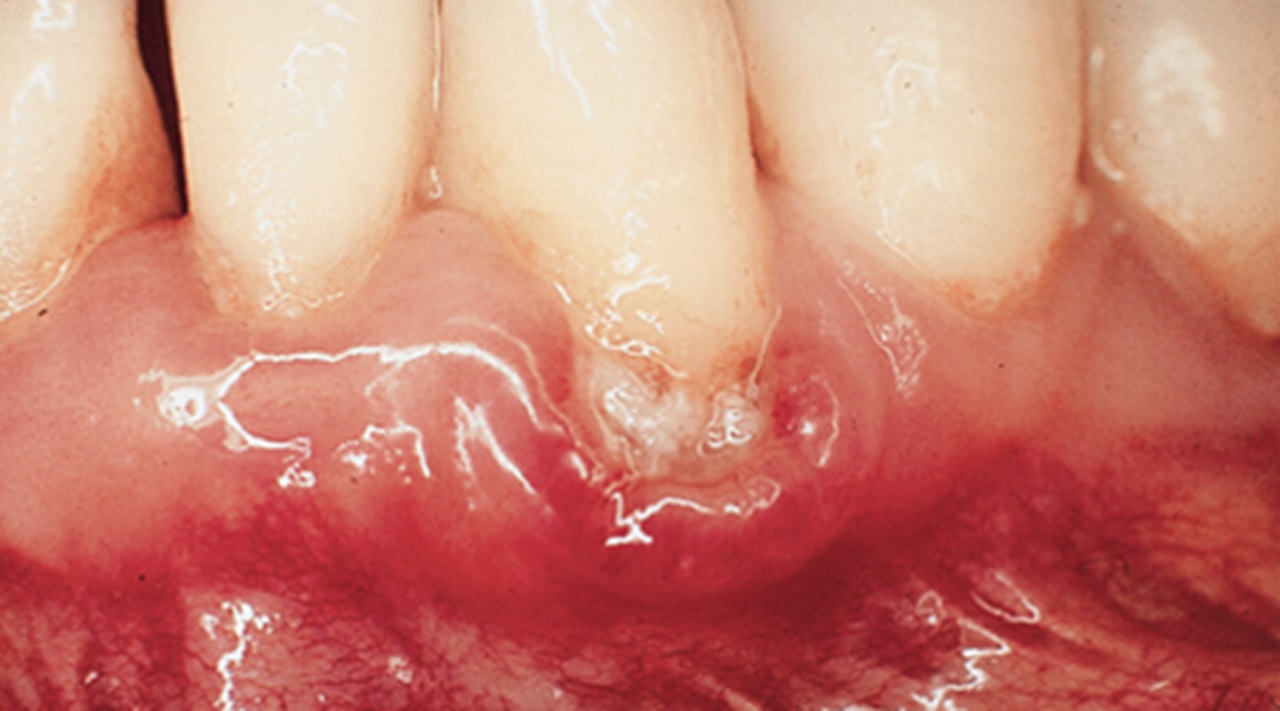
Gingivitis
Gingivitis is the earliest stage of gum disease, an infection of the tissues around your teeth caused by plaque. If you have gingivitis, your gums may become red, swollen and bleed easily. You may also experience bad breath. Because gum disease is usually painless, you may not know you have it.
You are more likely to develop gum disease if you skip brushing and flossing, use tobacco, have crooked teeth that are hard to keep clean, are pregnant, have diabetes or take certain medications. When in its early stages, the disease is still reversible and your gums can be returned to good health with a professional cleaning from your dentist, along with daily brushing and flossing.
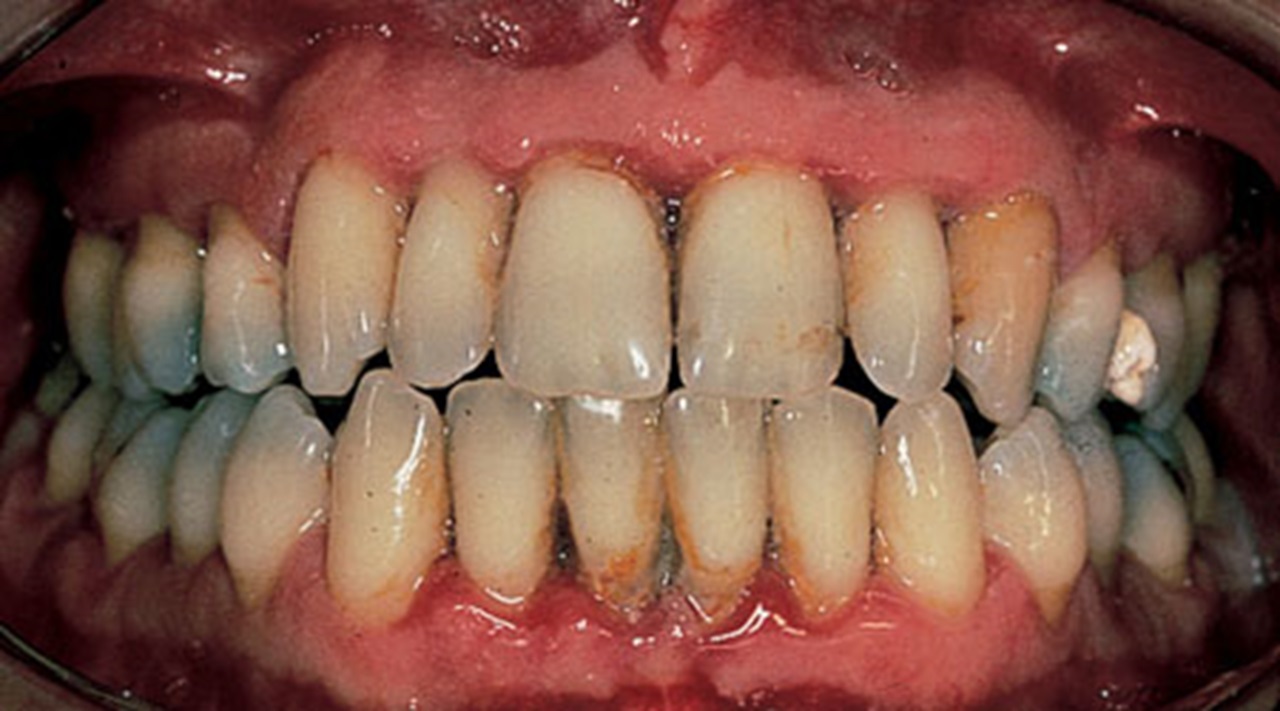
Periodontitis
Periodontitis is the more advanced form of gum disease, a major cause of tooth loss in adults. According to the CDC, nearly half of U.S. adults suffer from it. The disease can be reversed in early stages, but damage may be permanent the longer it goes untreated. Although you may not be aware of the gum disease in your mouth, abscesses can develop which usually painful. Symptoms include bleeding, swollen gums, persistent bad breath or bad taste, loose permanent teeth and a change in bite. Your teeth may appear to become longer as gums and bone recede. There are many treatments available, including deep cleanings known as scaling and root planing. Talk to your dentist to find out what’s best for you.
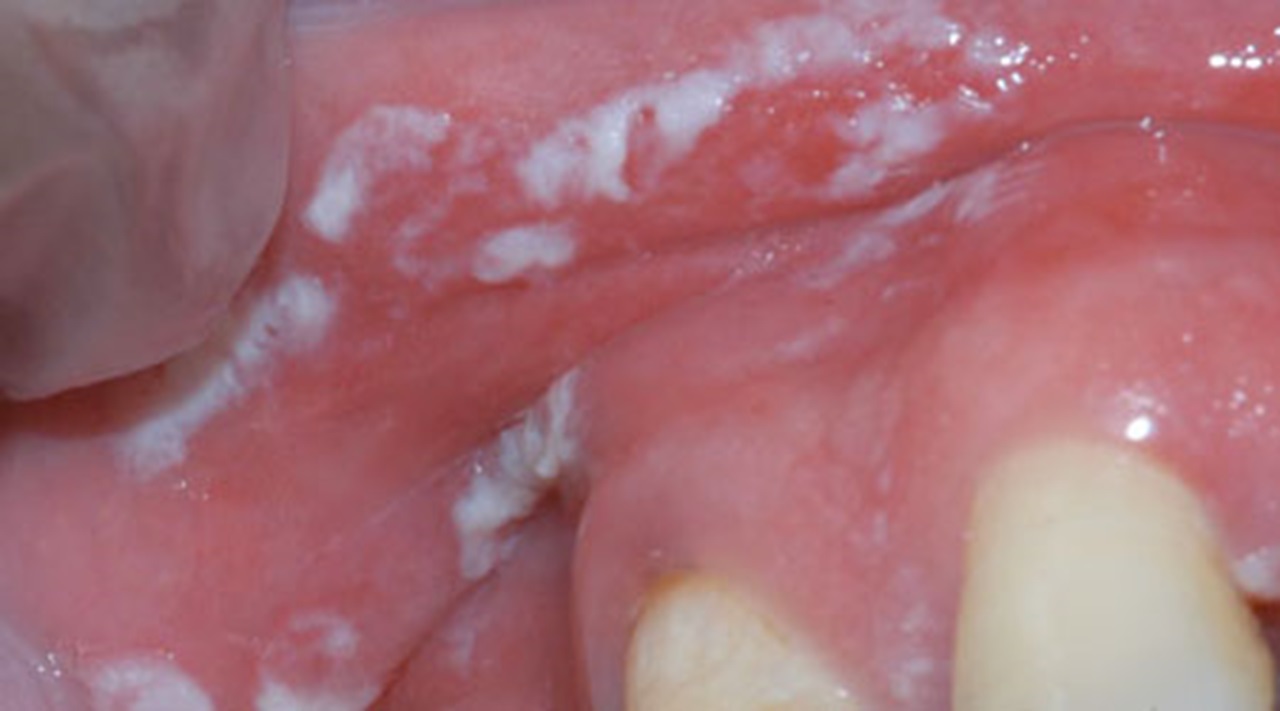
Thrush
Thrush is a yeast infection that looks like white film in your mouth. You’re more likely to get thrush if you have an illness that affects your immune system. This includes people with HIV/AIDS or cancer, as well as people using steroids to manage their asthma. People with untreated or uncontrolled diabetes are also susceptible because sugar in saliva encourages yeast to grow. Thrush is also common in people who wear dentures. If you have symptoms, see your dentist. After a scraping to confirm you have thrush, your dentist can prescribe medicine to clear it up.
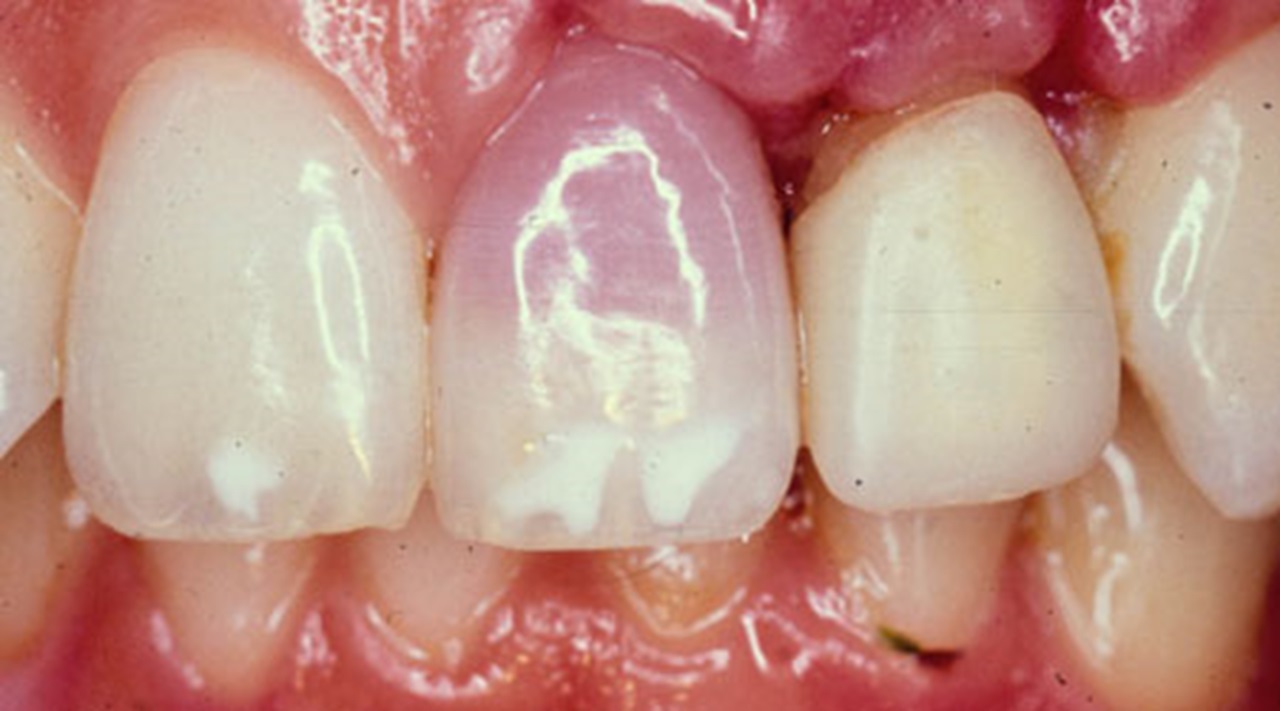
Darkened Tooth
There are two reasons your tooth may change color after trauma: It’s either trying to protect the nerve or it’s dying. If it’s protecting the nerve, your tooth may look a little darker than the ones next to it. If it changes colors like a bruise (from pink to gray), this means your tooth is most likely dead. You may need a root canal, usually followed by a crown. In some cases it may be necessary to remove the tooth. If it is a baby tooth, you may be able to leave it alone until it falls out.
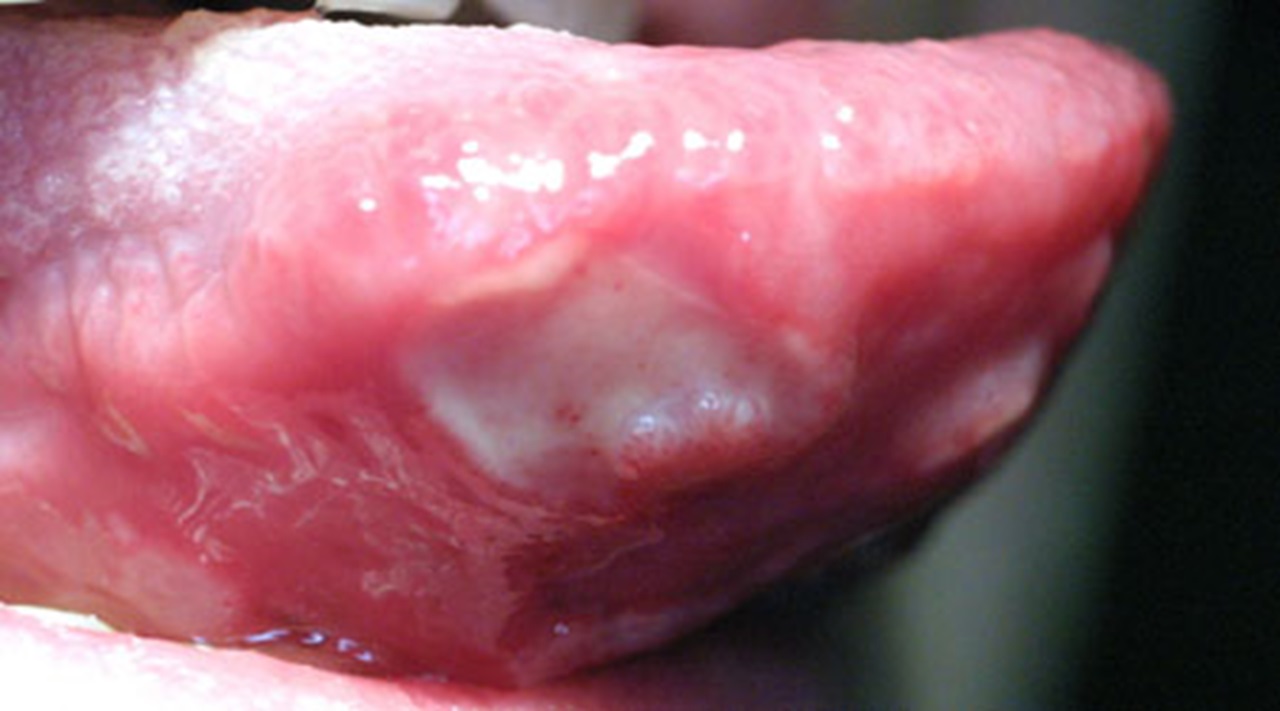
Canker Sores
Canker sores are small white or gray sores with a red border that appear your lips, the back of your throat or under your tongue. Their exact cause is uncertain but some suggest that immune system problems, bacteria or viruses may be play a role. They are also more common in women.
Canker sores aren’t contagious and usually heal on their own after one or two weeks. Over-the-counter creams and mouthwashes may give you temporary relief. Until it heals, stay away from hot, spicy or acidic foods because these can irritate the sore.
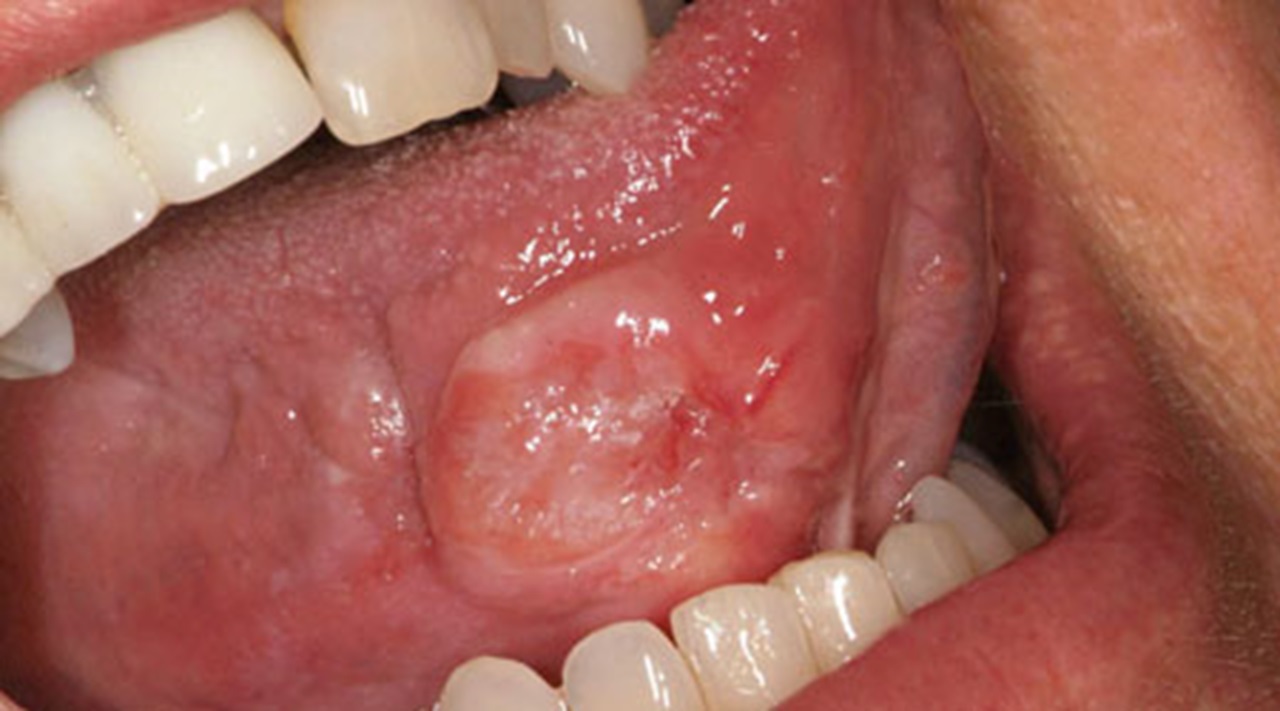
Cancer
Each year, approximately 40,000 new cases of oral cancer and cancers of the throat, tonsils and back of the tongue are diagnosed. Tobacco use, alcohol abuse and HPV all increase your chance of developing these cancers. Men are twice more likely to get oral cancer than women. During regular checkups, your dentist will check your mouth for symptoms like red or white patches, sores that won’t heal and rough, crusty spots. If anything suspicious is found, your dentist will order more testing or refer you to a specialist. The image above is only one example of how oral cancer might appear.